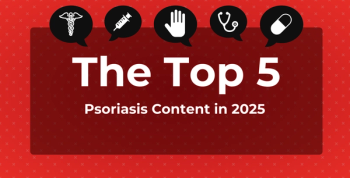
Substituting Brand-Name Combinations for Generics Could Have Saved Medicare $925 Million in 2016
Using lower-cost generic drugs that are as safe and effective as the brand-name versions could have saved more than $900 million in Medicare in 2016, according to research published in JAMA.
Using lower-cost generic drugs that are as safe and effective as the brand-name versions could save more than $900 million a year in Medicare, according to researchers from Brigham and Women’s Hospital and Harvard Medical School.
In a study
The authors first evaluated 1500 medications and, after exclusions, included 29 brand-name combination products in the study. There drugs represented the following therapeutic areas: cardiovascular (n = 16), pain (n = 4), neurological (n = 3), endocrine (n = 2), infectious disease (n = 2), urological (n = 1), and gastrointestinal (n = 1).
The drugs were also divided into 3 categories: those available as generics at identical doses, those available as generics at different doses, and therapeutically equivalent generic substitutes.
In 2016, the 20 brand-name drugs with generic medications available at identical doses accounted for $303 million in estimated spending, the 3 brand-name drugs with generics available at a different dose accounted for $232 million in estimated spending, and the 6 brand-name drugs with therapeutically equivalent generic substitutes available accounted for $491 million in estimated spending.
In total, the Medicare drug benefit program spent more than $1 billion, but the authors wrote that $925 million could have been saved in 2016 by estimating the difference between what was spent on brand-name combination products and the cost of generic drugs used for the same number of doses. They estimated that $235 million could have been saved by prescribing generics at the same doses, $219 million saved with generics at different doses, and $471 million saved with therapeutically equivalent generic medications.
In total, between 2011 and 2017, spending could have been reduced by an estimated $2.7 billion.
The authors did note some limitations, such as the fact that their analysis assumed that substitution was possible in all cases, which might not be true for a small subset of patients.
“Promoting generic substitution and therapeutic interchange through prescriber education and more rational substitution policies may offer important opportunities to achieve substantial savings in the Medicare drug benefit program,” the authors concluded.
Reference
Sacks CA, Lee CC, Kesselheim AS, Avorn J. Medicare spending on brand-name combination medications vs their generic constituents. JAMA. 2018;320(7):650-656. doi: 10.1001/jama.2018.11439.
Newsletter
Stay ahead of policy, cost, and value—subscribe to AJMC for expert insights at the intersection of clinical care and health economics.








































